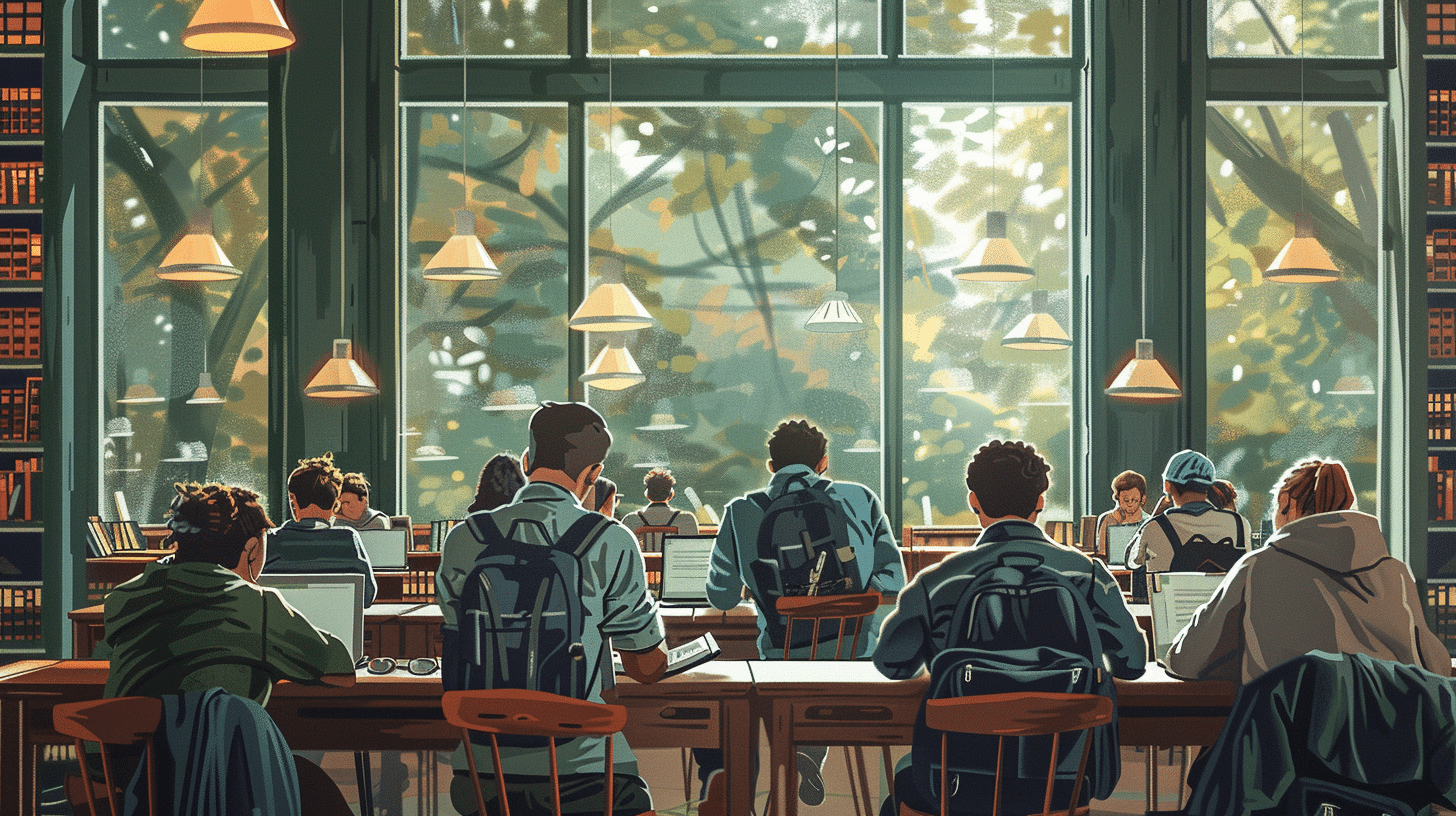Living in Greenland presents a unique experience when it comes to sunlight. Due to its high latitude, the amount of daylight varies drastically between seasons.
Polar Night: On the flip side, the winter brings the polar night, or “mørketid,” where the sun doesn’t rise above the horizon. In the most northern parts, this can last from early December until late January. The constant darkness could be disorienting, but it also brings the magical Northern Lights that illuminate the sky with vibrant colors.
Quirky Means of Transportation
Given the icy and rugged terrain, Greenlanders have developed some interesting modes of transportation that might seem unusual to outsiders.
Dogsleds: In many northern communities, dogsleds are still a preferred mode of transport during the winter. It’s not just for the novelty; it’s a practical choice due to the terrain and the heavy snow. Plus, it’s an environmentally friendly way to travel!
Kayaks: Originally invented by the indigenous Inuit people over a thousand years ago, kayaks are a common sight in Greenland. They were traditionally used for hunting but are now also popular for recreation and tourism. Paddling through icebergs in a kayak is an unforgettable experience that’s quintessentially Greenlandic.
Snowmobiles: For speedier travel across the ice, snowmobiles are widely used in both personal and professional capacities. They’re essential for covering large distances quickly, especially in emergency situations or for community services.
Eccentric Local Delicacies
The Greenlandic diet includes some quite unique dishes that you probably won’t find in your average supermarket.
Suaasat: This traditional soup is often made from seal, whale, reindeer, or seabirds. It’s a hearty dish typically flavored with onions and potatoes and is considered a comfort food in Greenland.
Mattak: For the more adventurous eaters, mattak, which is raw whale skin with a little blubber, is a delicacy. It’s rich in vitamins and is said to taste like fresh coconut, but its chewy texture is not for everyone.
Dried Fish: Snacking on dried fish is common in Greenland. It’s portable, nutritious, and has a long shelf life, making it an ideal snack in remote areas.
The Art of Keeping Warm
With temperatures that can plummet to -50 degrees Celsius in the winter, Greenlanders have mastered the art of staying warm.
Layered Clothing: The key to staying warm is layering. Greenlanders wear several layers of clothing, typically topped with a fur-lined parka.
Community Warmth: In smaller communities, it’s common for neighbors to gather together in a warm home to share stories and warmth. This practice not only helps in keeping warm but also strengthens community bonds.
Heated Floors: Many homes in Greenland have heated floors, a necessity when the outside is perpetually cold.
Unique Sporting Events
Sports in Greenland are not what you’d typically expect. They have their own set of unique and culturally significant activities.
Arctic Sports: These traditional Inuit games are a highlight at the annual Greenlandic sports festival. Competitions include the two-foot high kick, the musk ox pull, and the knuckle hop, which are all tests of strength and endurance that originated from hunting practices.
Kayak Races: Given the historical significance and the abundance of kayaks, it’s no surprise that kayak races are popular sporting events in Greenland.
Greenland’s Own Time Zone
To make things simpler given its vast size and sparse population, all of Greenland operates on the same time zone, regardless of the fact that geographically it spans across several.
Greenland Time: Greenland Standard Time (GST) is used across the island, which is UTC -3 hours. During daylight saving time, it shifts to UTC -2 hours.
In conclusion, living in Greenland is filled with peculiarities that range from delightful to downright bizarre. From sun that never sets to traditional foods that challenge the palate, life in Greenland is anything but ordinary. These funny facts not only highlight the uniqueness of Greenlandic culture but also the resilience and adaptability of its people. Whether it’s the way they travel, what they eat, or how they keep warm, Greenlanders have a unique approach to life that’s as fascinating as the landscape they inhabit.









